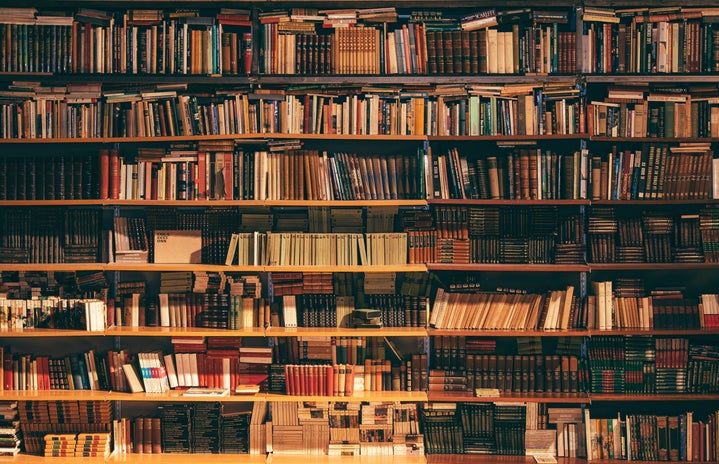Jazz has been around since the late 19th century, but it was the 1920s that marked its explosion into society. However, we all know the music industry is dominated by new sounds. Fast forwards to the 2020s, and we’re now used to more electric, R&B, rap and pop songs. This doesn’t mean that the incandescent sound of jazz has been silenced, but quite the contrary. With TikTok surfacing as a platform that shapes music trends, charts and outreach, jazz is slowly creeping into our lives again. Film is also nailing its job at incorporating jazz into movies to intensify scenes.
Jazz in 21st Century Film
When we think of jazz, the general public associates the phenomenon as outdated. If the film industry has shown us one thing in the past five years, it’s that jazz is still very relevant and unforgettable art.
Disney Pixar’s “Soul”
“Soul” is a complete game-changer of a movie. As one of the first of its kind, protagonist Joe Gardner stands as a Black man completely infatuated with jazz music with the talent to be exceptional. However, the real treat comes from Disney Pixar’s unique portrayal of jazz. Mekado Murphy in the New York Times tells his audience that with “Soul,” Disney’s challenge was to convey the emotions behind the music through Joe Gardner and the rest of the jazzy characters. “Soul” pays microscopic attention to detail in elements such as piano keys and characters’ breathing techniques. The filmmakers also wanted the jazz element of “Soul” to feel real. To achieve the rawness behind the characters’ jazz performances, the filmmakers established collaborations with jazz artists and visited jazz pubs in NYC to get a better feel of the ambiance and background of the musicians. All in all, the character of Joe Gardner is molded by real aspects of a jazz musician’s life that were observed firsthand. Gardner’s animation and music were captured through jazz composer and musician Jon Batiste’s movements, such as Batiste’s finger movements while playing the piano as he composed songs for “Soul.” Actor Jamie Foxx’s talented vocal range for which is used to voice Gardner further brought the character’s authenticity to life.
Pixar manages to elicit awe from its audience in “Soul” by animating jazz as no other production has ever done. In the same token, it pays homage to the rich history behind jazz with its roots in the Black community of the 1920s. In the same way, Pixar also creates a raw environment for its jazzy protagonist, not sugarcoating the life of a jazz musician but still displaying the passion for jazz.
The Queen’s Gambit
While The Queen’s Gambit took everyone’s chess addiction to a new level, it also managed to spark an interest in the song “I Can’t Remember Love,” performed by jazz musician Anna Hauss. The song was performed live while filming episode six of The Queen’s Gambit, and it created a melancholic piano-driven atmosphere. The performance looks dreamy, with its spotlight on Hauss as she delivers smooth jazz to a pensive Beth Harmon, the protagonist of The Queen’s Gambit. The inspiration of the original song was inspired by other iconic jazz musicians such as Julie London and Billie Holiday. Executive producer William Horberg tells Netflix that fans of the show demanded the song be released on streaming platforms, to which he happily obliged and fortunately has garnered millions of listeners for the song around the world.
“La La Land”
Adored heartthrobs Ryan Gosling and Emma Stone managed to take the jazz-infused film “La La Land” and win over 10 awards raining from Academy Awards, Golden Globes and Grammys. To say the least, the movie was a hit. Ironically, the film piggybacks on the notion that jazz is a dying art, even incorporating a somber speech delivered by Gosling where he states, “Jazz is dead.” Many critics argue that “La La Land” doesn’t represent the rawness behind jazz, it complicates racial histories and does not include real jazz. Ultimately though, “La La Land” fuels the idea that jazz is still a relevant and fantastic art form. The movie is fused with numerous musical numbers, but also more somber complexities under light fixtures in which the concept of jazz presented a youthful twist that had not gained such a large audience in 2017. Damien Chazelle told New York Magazine he wanted to shine some spotlight on jazz and musicals because they’re a “conjoined birth.” As a writer and director, Chazelle felt that this was important, and he wanted to incorporate the action behind jazz and musicals into the production of “La La Land.”
TikTok
TikTok has managed to gather a huge, ever-growing audience under one platform similar to how its ancestor Vine once did. However, TikTok distinguishes itself in a new and arguably more effective influencer-enticing role. The Rolling Stone regards TikTok as the music industry’s new “Fame Machine,” writing that “In just 12 months, the video app TikTok has transformed from a curio to a service mentioned in the same breath as YouTube.”
Undeniably, TikTok has spanned the world with trends, incorporating dances, aesthetics and influences. It’s seen Ariana Grande, Chloe x Halle and Drake’s songs infect the internet due to creatively made videos on the platform. Surprisingly, TikTok users have also taken jazz songs by storm. Jazz songs such as Paul Anka’s “Put Your Head On My Shoulder,” Etta James “Sunday Kind Of Love,” “L-O-V-E” by Nat King Cole and “Moon River” by Louis Armstrong are just a few examples.
Jazz is being utilized by TikTok influencers and its pattern of trends to indicate a romanization of some sort, whether it be with self-love, calmness, relationships or just everyday life. Maybe jazz is being reborn in a different generation for its melody, harmony and rhythm all over again, or it’s simply becoming an aesthetic. Either way, jazz is being appreciated on a larger scale once again. In a contradiction to Ryan Gosling’s character of Sebastian’s words in “La La Land,” jazz isn’t dying — it’s growing.


